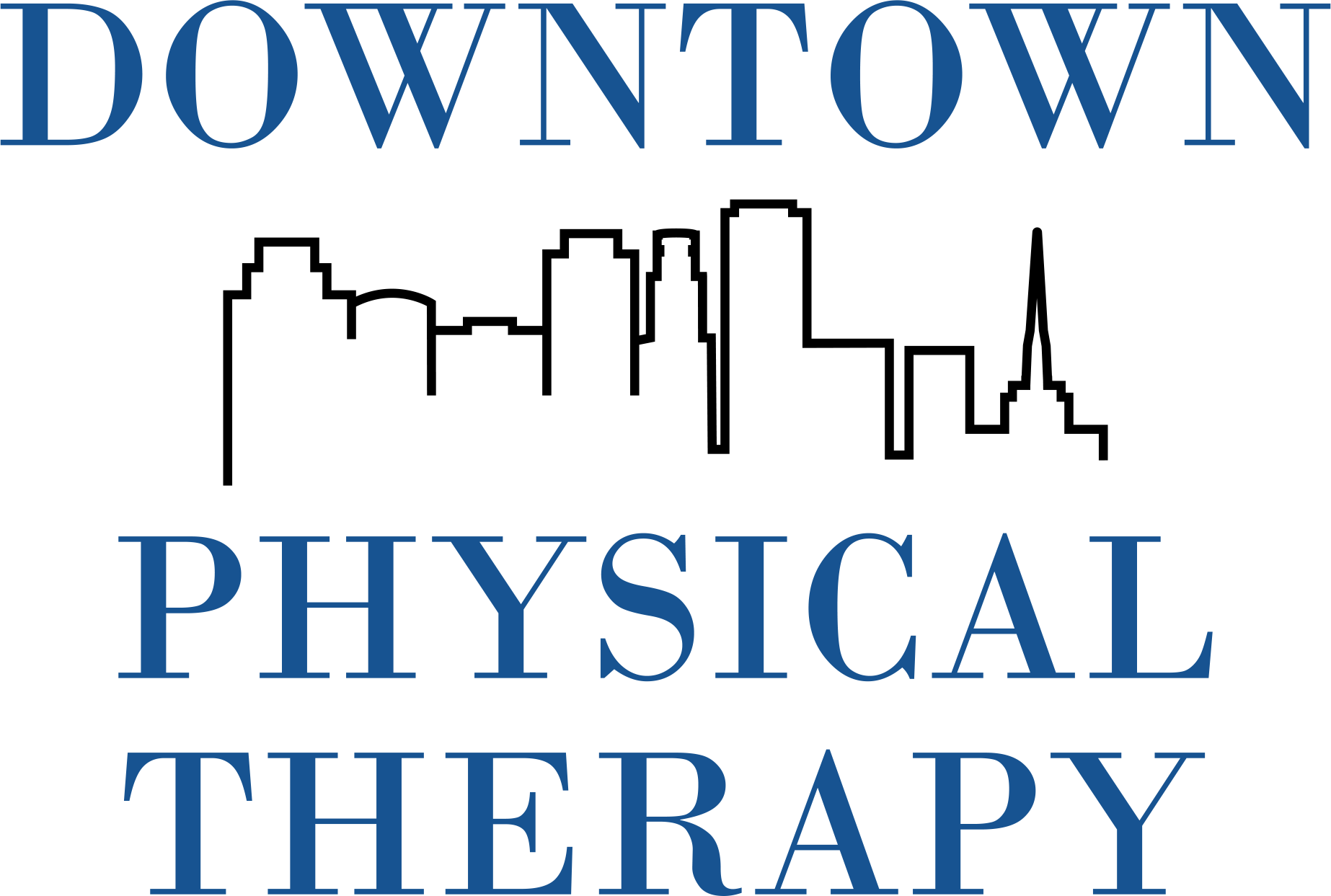How to set up the ideal workstation at home
With our physical therapy practice located in Downtown Phoenix, we see many patients that are currently working a couple of days in the office and some days at home. The problem is that, prior to COVID-19, working from home was very infrequent and therefore most people didn’t take the time to set up a proper workstation. This has led to increased reports of neck and back pain. So how do you set up the ideal workstation at home?
Start with where you are working. Working from your bed, couch, or even kitchen table are not good for your posture for an 8 hour workday. Setting up a true office workstation is the best way to start. Choose a space that you can put a desk and a chair. The space should have good lighting.
Next, choose a desk. The size of the desk is dependent on the space and what you need to have put on the work surface. The ideal desk is height adjustable so that it can be properly set-up to fit you correctly.
The chair the most important part of your set-up. A good chair can provide you with proper seated support and reduce the stresses put on your neck and back. Chairs can come in a wide price range, but here are the critical components. Is it height adjustable to allow your feet to be placed flat on the floor? Does the seat pan allow for 2-3″ of space between the back of your legs and the front of seat pan, when you are sitting all the way back in the chair? Does the back support lock? Does the lumbar support adjust to fit? Do the armrests adjust? A simple rule of thumb for proper chair set up is to get yourself into the “3 – 90’s”. This means 90° angle at the knee, 90° angle at the hip, and 90° angle at the elbow. With this in mind your back will be in the best possible posture. Your desk then should be adjusted to be in line with your forearms from the proper seated position.
If you computer is a laptop, consider getting a monitor riser to put your laptop on top of so that your eyes look 2 inches below the top of monitor when you are in a proper seated posture and looking straight ahead (This applies to a monitor(s) for a desktop computer). Use a wireless keyboard and mouse instead of the laptop keypad.
Finally, take hourly stretch breaks that reduce the tension built up in the neck, shoulders, chest and forearm muscles (Fill out form below and we will send you our stretch sheet).
These are the basics on setting up a workstation at home. If you have questions fill out the contact form below and one of our team will reach out to you.


Recent Comments